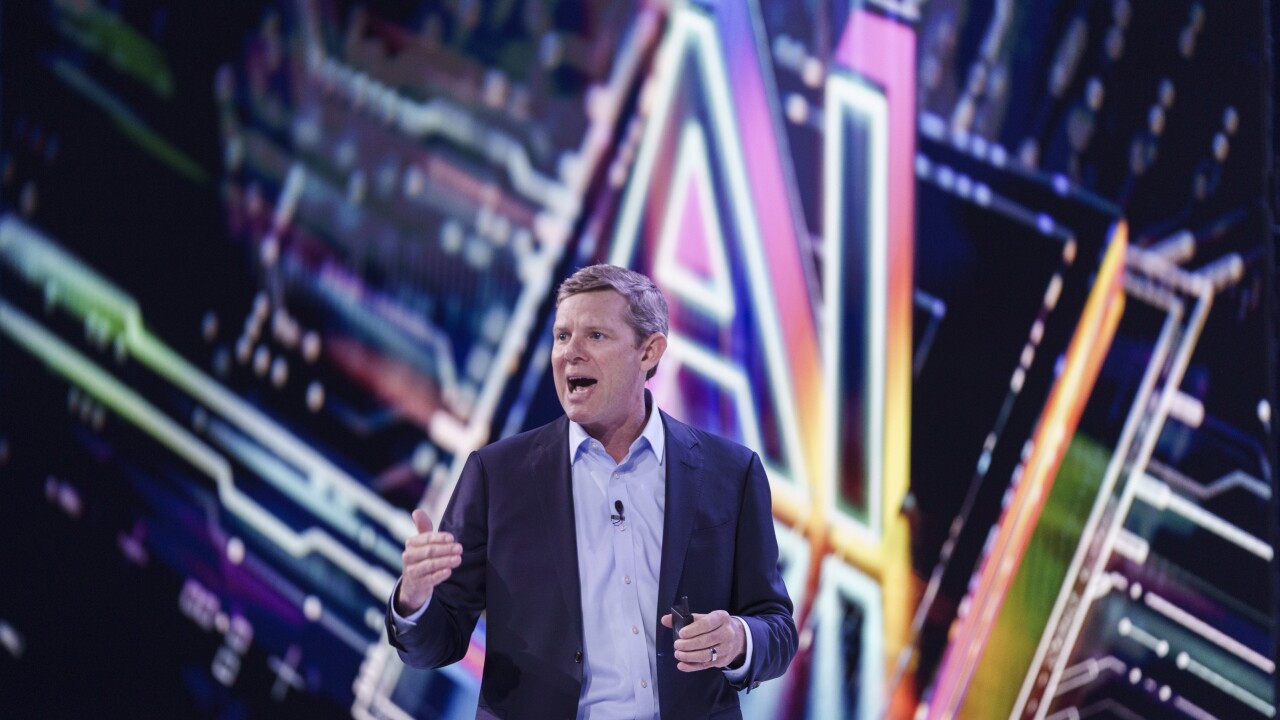In 2017, I wrote in the
A look at what Google, Amazon, Facebook and Apple have been doing since then reveals some surprising twists.
To start, it has become clear that not all data behemoths are equal. Not long after my article was published, Andy Jassy, the chief executive of Amazon’s profitable cloud computing arm Amazon Web Services, or AWS,
AWS’ first product is called Amazon Quantum Ledger Database, an immutable journal that records and stores each change over time. It is a serverless cloud application that gives the user scalability on demand. The application is a cryptographic, distributed but centralized database. Managed Blockchain is the second product offered by AWS. The way it works is that one of AWS’s partners develops an app on one of the compatible development platforms, say Hyperledger Fabric or Ethereum, and then deploys it on AWS infrastructure to be able to scale.
Among the data giants, Google was the most outspoken about the potential of the crypto world. It has been
At the same time, Apple and Facebook are struggling to find a use case for blockchain. The rumor mill has been churning more for Facebook than any other company. It has been securing digital-currency patents going back to 2007, before even the advent of bitcoin, though patent applications have ebbed in recent years. Making a New Year’s resolution for 2018,
Some took this as confirmation that Facebook would build its own crypto exchange. At around the same time, Facebook started meeting with Stellar, an open-source blockchain company. Yet it was quick to deny the claim that it could partner with Stellar to build a blockchain-powered payment feature in its messenger. Facebook remained silent about its real goals, which left many speculating about its intentions. After all, the blockchain working group was staffed with high-level managers. Marcus was supported by Kevin Weil and James Everingham, two major Instagram executives. Additionally, Facebook revoked its advertising ban on initial coin offerings and cryptocurrencies. Commentators took this as a hint that there could soon be a FaceBuck or FaceCoin — a stablecoin pegged to the dollar that would enable money transfer through the Facebook messenger and WhatsApp.
While Facebook has at least created some buzz, Apple has fueled speculation only once, namely when it filed for a
Blockchain-based money transactions through Facebook’s messenger could go the same way. There is no real use case in the Western world because there is no pain point for the consumer. Credit and debit cards work perfectly well for payments in store or online. Bank transfers are cheap for the customer and many apps are designed to maximize user experience. It is no wonder that Facebook wants to start in India, where neither the banking system nor the card networks are as developed as in Europe or the U.S., and expensive remittances rack up to tens of billions of dollars.
The more the initial crypto hysteria calms down, the clearer it becomes that banks — already proclaimed dead — are not the disrupted, at least not yet. Facebook tries to tinker with payments out of lack of a better use case, while the cloud giants, Amazon and Google, are not trying to replace the current payments system.
But this harmony is deceptive. Amazon is working hard to grab the payments interface for all of e-commerce. At many of its competitors, customers can log in with their Amazon account and process the payments while the other retailer is cut out of the loop. Gmail has added a functionality to attach money to emails.
Once these companies master blockchain technology, there is no reason tech giants should not leverage the blockchain to enter the financial realm. That’s when banks will have real cause for concern.





